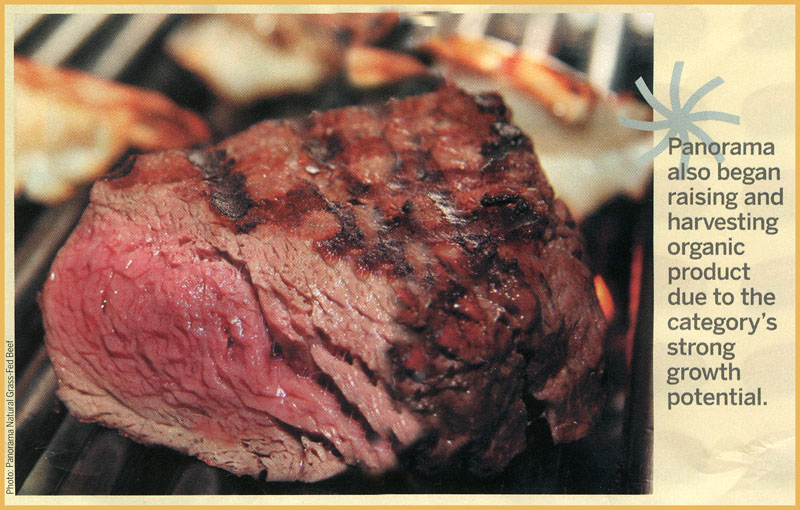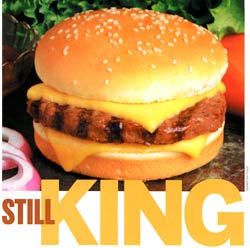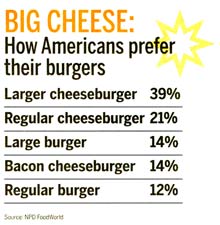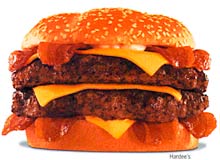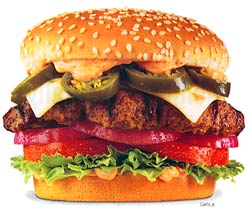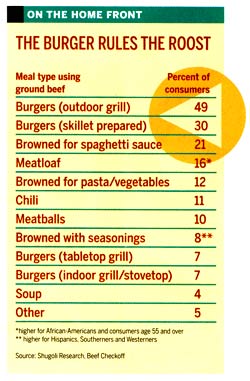Grain-Fed vs. Grass-Fed Beef: What’s the Difference?
Raising the beef that ends up on your plate is a complex process with variables that affect everything from taste to its price tag.
By Emma Suttie, D.Ac, AP
How many of us truly know the difference between grass- and grain-fed beef beyond its impact on our wallets?
How cattle are fed and raised affects their meat’s flavor, texture, and nutritional value—while also impacting the environment and the costs for both ranchers and consumers. Understanding what goes into the beef we eat is key to making more informed choices.
Let’s explore the differences and see which option might be best for you, the land, and the animals.
Early Life
Raising cattle is a complex process, and they go through different stages before they reach our plates.
Cattle destined to become either grain- or grass-fed start their lives in a similar way. As calves, they nurse from their mothers and roam freely, grazing on grass and other plants or forage. However, once they are weaned, their paths diverge, and their lives are very different.
Grain Fed Cattle
After the initial stage, when animals are usually between 6 and 8 months old, conventionally raised cattle may be moved to backgrounder farms and ranches before they arrive at a feedlot for finishing at about 14 to 22 months.
Allison Kosto, a Broadwater County Extension Agent at Montana State University Extension, said that after calves are weaned, they have a couple of potential destinations.
Around 60 percent of calves are backgrounded—a phase designed to increase their weight before finishing. The remaining calves go to a feedlot for finishing directly after weaning, she told The Epoch Times in an email.
Feedlots are where cattle are finished—or fattened up—on a grain-based diet that usually contains corn and soy. This diet brings the animals to their target weight more quickly, preparing them for slaughter sooner.
“About 55% of cattle in the United States are finished this way,” Kosto said. “The reason behind this practice is that as cattle become older, they become less efficient, making it more difficult for them to convert feed to muscle or meat,” she said.
Kosto added that grain provides more energy than forage, such as grass or hay, so the cattle grow faster. In addition, feeding grain enables cattle to be kept in smaller spaces, freeing up land ranchers can use for other purposes.
However, Kosto says one of the biggest misconceptions about the difference between grain and grass-fed beef is that grain-fed animals spend most of their lives in confinement, which she says isn’t true. Conventionally raised animals typically spend only their last four to six months eating grains in feedlots.
“Grain-fed cattle are typically slaughtered between 14–18 months of age, but could be up to 22 months of age,” Kosto noted. Grass-fed cattle take much longer to finish, are typically slaughtered between 22 to 30 months of age.
Grass-Fed Cattle
After weaning, grass-fed cows graze in open pastures, eating grass and other forage. They can move around freely and spend their days outdoors. These cows tend to be healthier because they live harmoniously with their environment and eat their natural diet. Grass-fed cattle make up approximately 40% of beef in the United States.
Because grass has less energy and fewer calories, grass-fed animals take longer to reach their target weight (up to twice as long). They also require more land for grazing than their grain-fed counterparts, making operations more expensive. In lush grazing areas ranchers must own at least 5 acres of grass land, but in the west some areas require up to 600 acres per critter for annual nutrition.
Cattle that have eaten grass their entire lives have leaner meat with less fat but normally not as tender.
When we see grass-fed beef on grocery store labels, we assume these animals ate grass their entire lives and never ate grain. However, there is some ambiguity in grass-fed claims. A conversation with the rancher/grower will
provide the full details.
Health Comparisons
Kosto says that grass-fed animals are generally leaner and have less fat and fewer calories. Studies show that grass-fed meat has higher vitamins A and E, omega-3 fatty acids, and conjugated linoleic acids.
Both grass and grain-fed beef are high in a wide variety of nutrients. However, studies show that grass-fed beef is higher in many beneficial nutrients, improving the animal’s health—and ours when we eat them.
Andrea Soares, a registered dietitian with Top Nutrition Coaching, spoke to The Epoch Times about the difference between grass- and grain-fed beef. She said grass-fed beef has become popular for its health and environmental advantages, as it provides a more natural and nutrient-dense alternative to grain-fed beef. Since grass is a part of the animal’s natural diet, she said this approach may promote better health for the animals and those who consume the meat.
“While grass-fed beef tends to be leaner and richer in certain nutrients, grain-fed beef is often preferred for its tenderness, and milder flavor due to higher fat content. Both can have a place in a healthy diet, but grass-fed beef may offer added advantages for those seeking specific health benefits,” she said in an email.
“Grass-fed beef contains up to five times more omega-3 fatty acids than grain-fed beef. Omega-3s are crucial for reducing inflammation, supporting cardiovascular health, and improving brain function,” Soares said.
She added that grain-fed beef contains higher levels of omega-6 fatty acids. Although omega-6s are essential, they tend to be overly abundant in the modern diet, which may contribute to inflammation if not balanced with omega-3s. Grass-fed beef provides a healthier balance of omega-3 to omega-6 fatty acids, she said.
Too many omega-6 fatty acids and too few omega-3s make us more prone to inflammation, make the immune system more reactive, and increase the likelihood of blood clots.
Grass-fed beef is higher in B vitamins. One study found that grass-finished beef had almost twice the riboflavin, three times the thiamine, and as much as four times the vitamin E of beef finished on grain.
Labeling and Grading
The USDA has a system for grading beef, which indicates its quality, fat content (or marbling), tenderness, juiciness, and flavor. Three grades are sold at the retail level: “Prime” is the highest quality, followed by “Choice” and “Select.” Grading is voluntary, and meat processing operations must pay for the service. The USDA notes that protein, vitamin, and mineral content are similar regardless of the grade.
Cost Differences
Moore explains the cost difference for him.
“One reason that our product—the 100 percent grass-fed—is more expensive per pound than the store bought is that we don’t have the same economies of scale. We can’t turn our cattle around in 18 months—it takes almost twice as long.”
Kosto says another concern is that more land is required to finish animals on a forage-based diet and that the United States is likely at or close to capacity for grass-finished animals. Through subdivision development and government
“protected” lands, productive agricultural land disappears and may never be replaced.
“We are seeing that a lot here in Montana. Additionally, as the population continues to grow, so does the demand for food. Therefore, agriculture in the United States needs to figure out how to be more productive with less land. Quite a conundrum, isn’t it?!” she said.
Final Thoughts
Raising cattle is a complex process, and there’s no simple way to describe all grass-fed or grain-fed animals because many factors come into play. However, all beef is nutritious and provides important protein, vitamins, and minerals. Whether you choose grain-fed or grass-fed beef depends on what’s important to you and what you can afford.
With so many variables, Kosto suggests developing a relationship with agriculture producers and ranchers to better understand the industry’s practices—grain-fed or grass-fed—as there are many misconceptions.
“Many farmers and ranchers are more than happy to share their world and answer questions. And when you can buy meat directly from them, you are supporting them directly rather than imported beef or a production chain,” she said.
*Condensed from The Epoch Times.


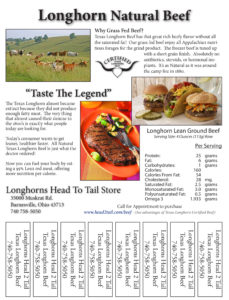



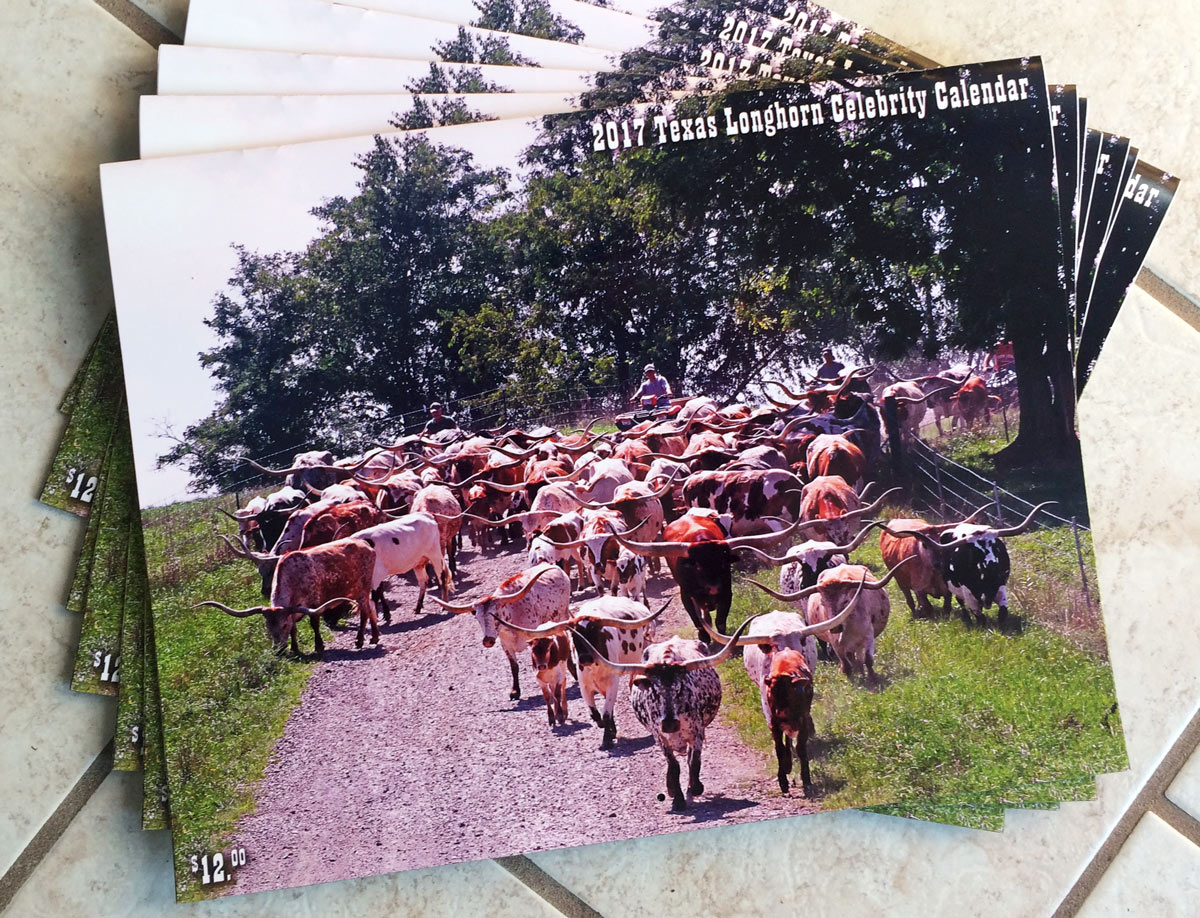
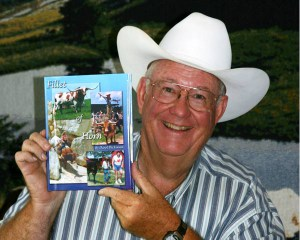


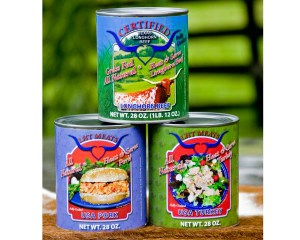


 Despite its hype, the grass-fed beef category may be more evolutionary than revolutionary. Then again, it may be neither. It isn’t its health credentials that are in question. Omega-3S? Check. Fewer saturated fats? Check. More vitamins A, E and lineolic acid? Check, check and check.
Despite its hype, the grass-fed beef category may be more evolutionary than revolutionary. Then again, it may be neither. It isn’t its health credentials that are in question. Omega-3S? Check. Fewer saturated fats? Check. More vitamins A, E and lineolic acid? Check, check and check.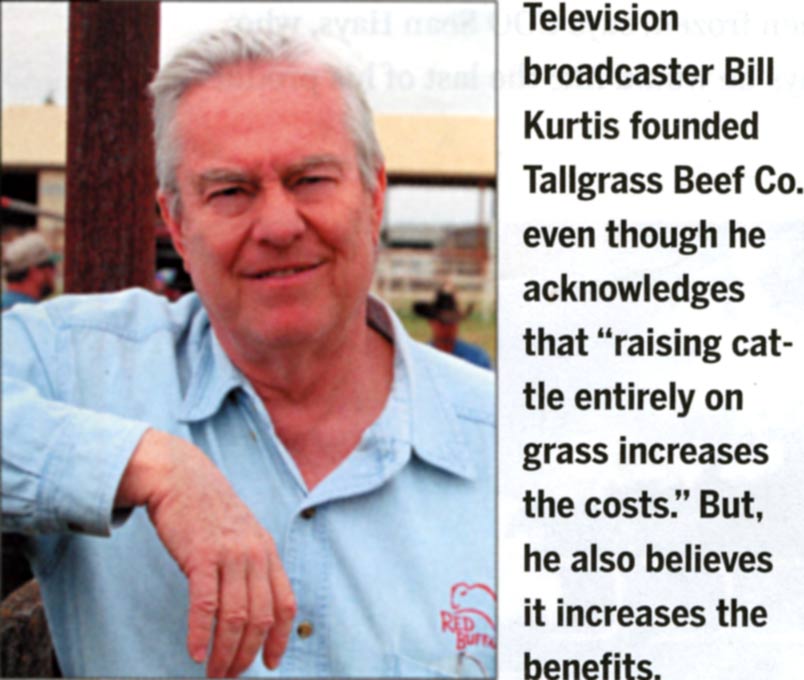 Now that would be revolutionary.
Now that would be revolutionary.
